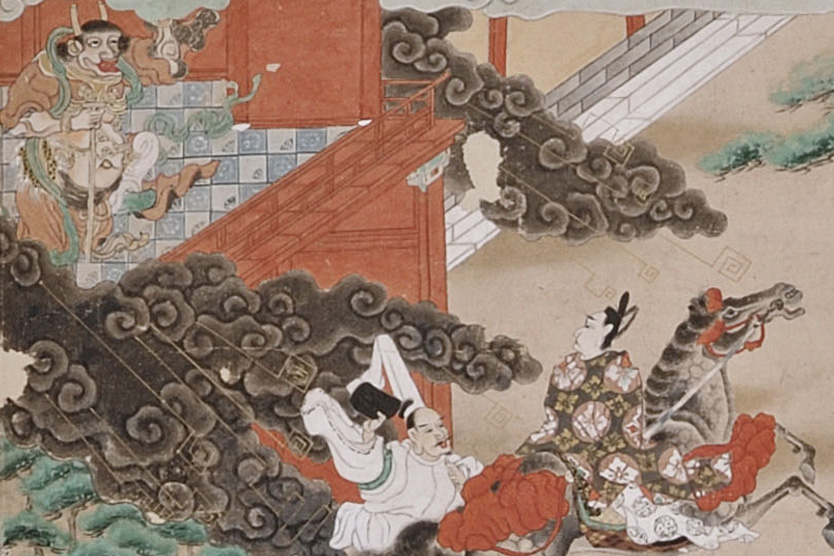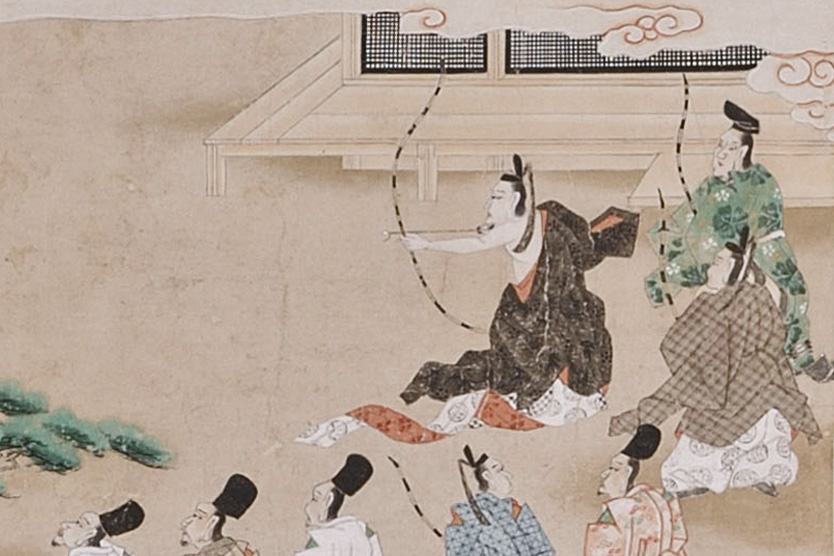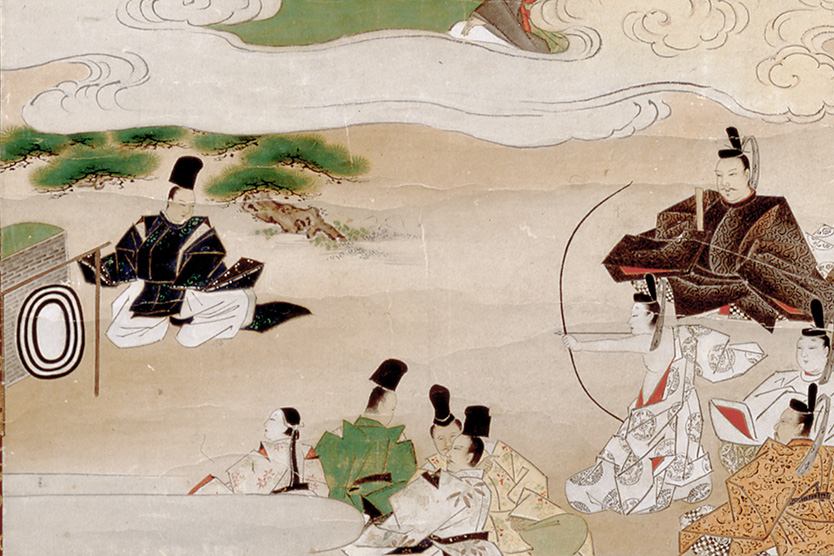DiscoverLearn
The History Behind Dazaifu Tenmangu
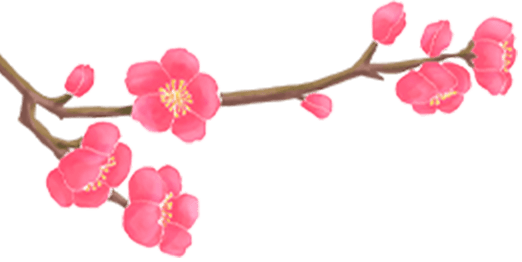
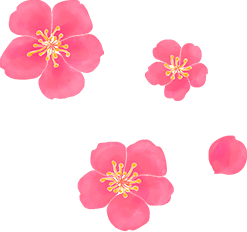
Experience the Shinto faith and discover 1,100 years of history at one of Japan's most important and impressive shrines. Learn about the legacy of Sugawara Michizane, who is enshrined at Dazaifu Tenmangu, and explore the shrine as a site of worship and a sanctuary for learning, culture, and the arts.



What Is Shinto

Shinto is Japan’s indigenous faith. Shinto is centered on a great
reverence for the natural world, and is integral to Japanese culture. The Japanese regard the
many forms of nature’s life force as different manifestations of the divine, and worship each of
them as kami, or Shinto deities.
Shinto has no doctrine, no sacred texts and no founder. It originated with the ancient Japanese
people who lived off the land, growing rice, farming, and fishing. They gave thanks for nature’s
bounty and were accepting of its strength and rage. Shinto places great value on maintaining a
harmonious connection with the world around us, centering on respect for the myriad kami and
gratitude for the blessings of nature. Ancestor worship plays a key role in Shinto, with
ancestors regarded as guardians of the family.
Today, there are approximately 80,000 Shinto shrines in Japan. These sacred spaces enshrine many
different kami, including some historical figures who are worshipped as kami for the great
contributions they made to society or the state. Dazaifu Tenmangu enshrines Sugawara Michizane
(845–903), a key historical figure worshipped as Tenjin, the deity of learning, culture, and the
arts.


The Origins of Dazaifu Tenmangu
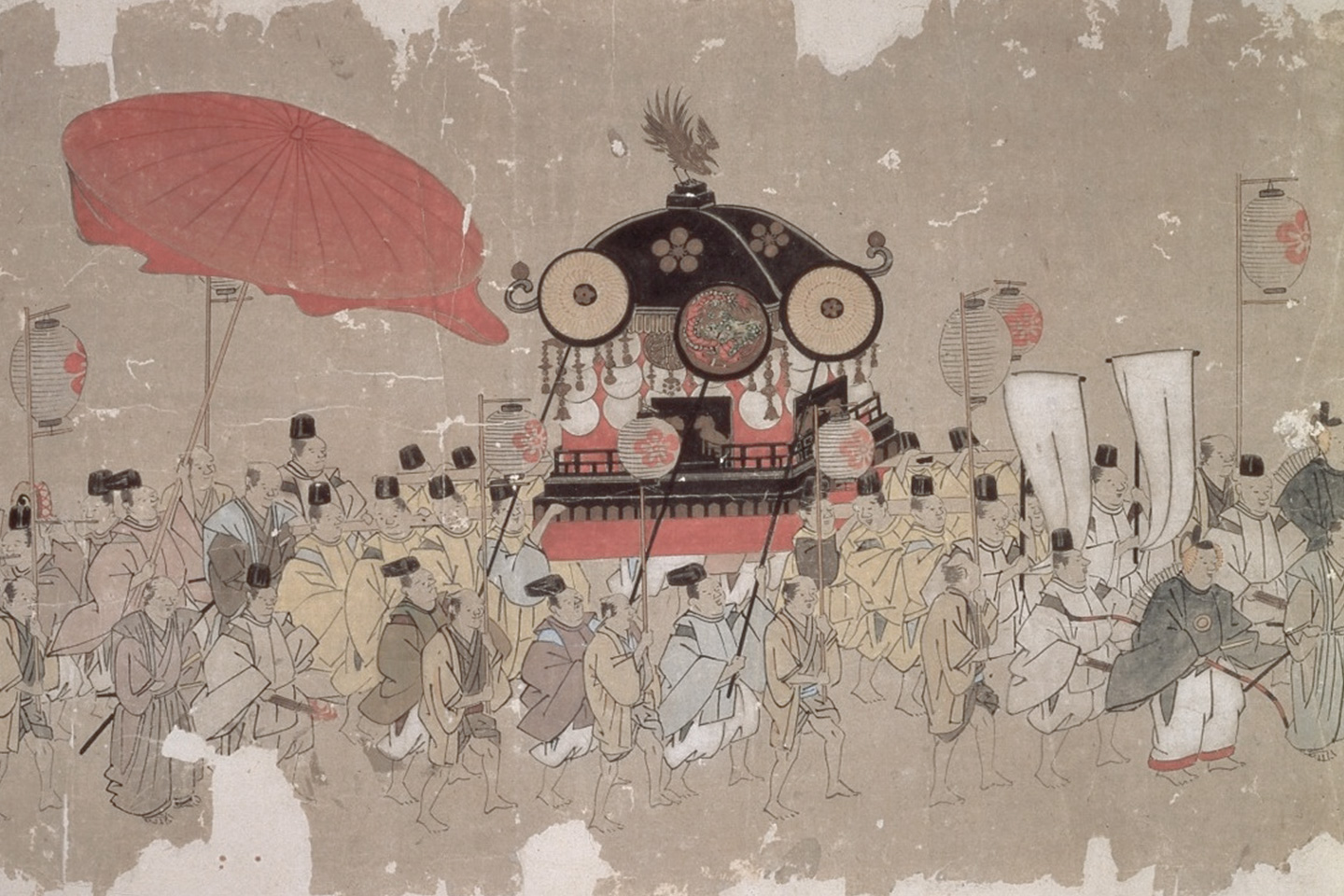
Dazaifu Tenmangu is one of Japan's leading Shinto shrines, and the head shrine of the Tenjin
faith. The shrine is quite unique in Japan as it is built on the burial site of Sugawara Michizane
(845–903). He was a ninth-century court noble, politician and scholar, who is enshrined here as
Tenjin, the deity of learning, culture, and the arts.
The present elegant honden, or main
sanctuary, built in 1591 is a reconstruction of an earlier version from 919, which replaced a much
smaller shrine built at Sugawara's grave in 905. The legacy of Sugawara Michizane is so profound
that this small shrine built by a loyal disciple more than 1,100 years ago grew into the impressive
Dazaifu Tenmangu we see today. Dazaifu Tenmangu is the head of more than 12,000 shrines throughout
Japan dedicated to Tenjin.
All are welcome at Dazaifu Tenmangu and free to offer prayers at the honden. Since the Tenmangu is
the shrine of learning, many of the millions of annual visitors come to pray for success in exams
and other education-related endeavors. Visitors can receive blessings, offer prayers, purchase
amulets, and observe Shinto tradition in a beautiful and expansive natural setting.
Sugawara loved plum blossoms, and Tenjin shrines are closely associated with plum trees and plum
blossoms. There are 6,000 plum trees in the grounds of Dazaifu Tenmangu, all of which have been
donated.



A Sanctuary for Learning
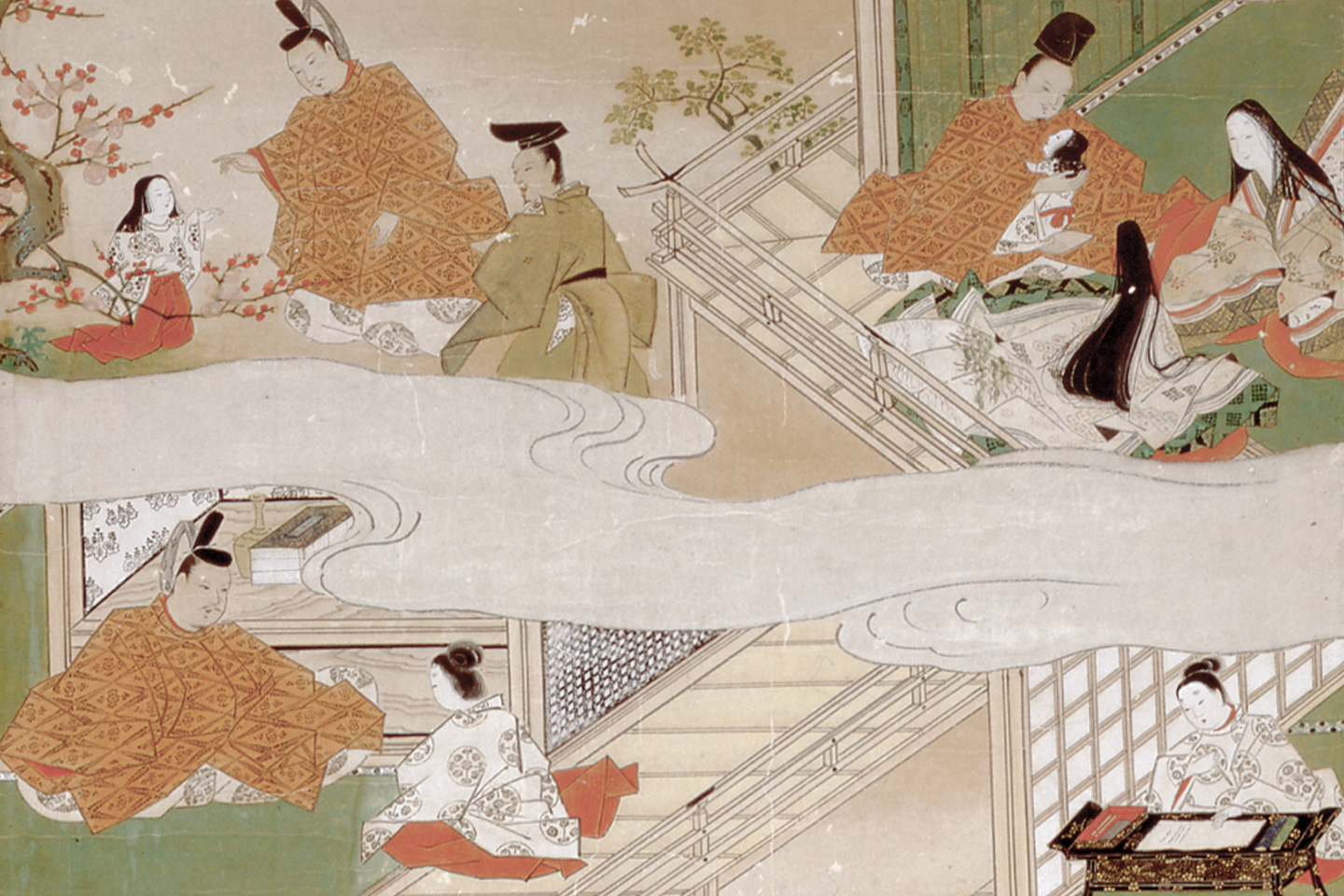
Dazaifu Tenmangu is closely associated with learning, because of Sugawara Michizane’s legacy as one of the most influential and renowned scholars in Japanese history. Students and examinees from Japan and abroad visit the shrine to pray for success in their studies, and to express gratitude for scholarly achievements. As learning is a lifelong pursuit, Dazaifu Tenmangu attracts visitors seeking personal growth and wisdom, of all ages, and from all sections of society.
Dazaifu Tenmangu encourages visitors to experience Shinto and learn about Sugawara Michizane in a welcoming and friendly environment. Multilingual information at the shrine explains Shinto customs, such as offering a prayer and selecting an amulet. In the Kanko Historical Museum behind the honden, or main sanctuary, colorful dioramas featuring traditional Hakata dolls tell the story of Sugawara’s life. The most valuable artworks and artifacts associated with Sugawara Michizane and the Heian period (794–1185) in which he lived are exhibited in the Dazaifu Tenmangu Museum.


A Sanctuary for Culture and the Arts
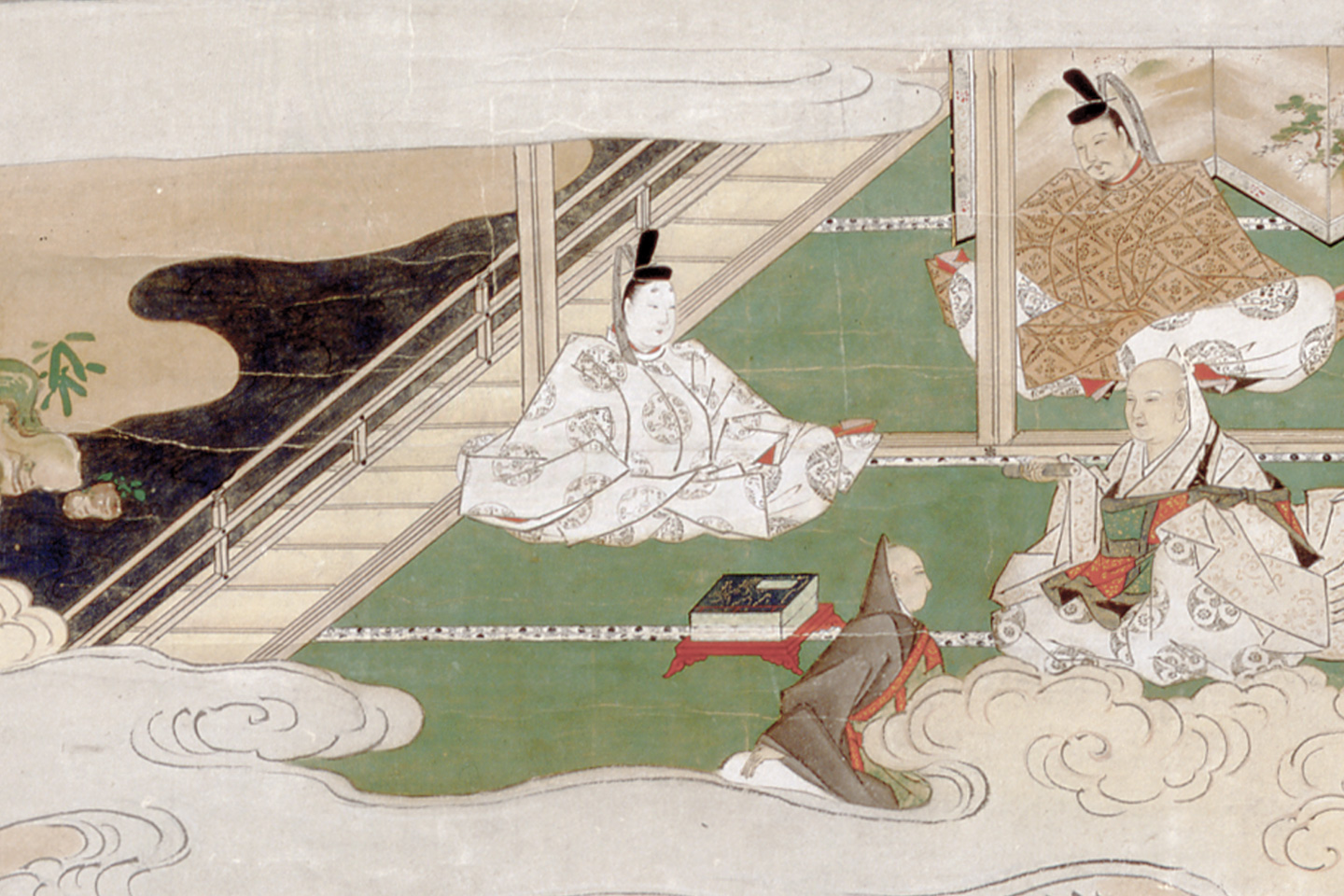
Sugawara Michizane was a master poet, talented calligrapher, and renowned literary scholar.
He composed many famous classical poems, and some of his original works are on display in the
Dazaifu Tenmangu Museum. His mastery of the literary arts and the great contributions he made to
Japanese culture and society have inspired people to donate poetry, calligraphy, and other works of
art to Dazaifu Tenmangu over the centuries since his death and deification. These gifts include
picture scrolls, ceramics, Noh masks, and other items of artistic and cultural value.
Deified as
Tenjin, Sugawara Michizane came to be revered as both the deity of learning, and of culture and the
arts. Dazaifu Tenmangu has an extensive collection of artworks and culturally important artifacts.
Many, such as the marble komainu shrine dogs, the fourteenth-century torii gate, and the bronze ox
statue are on display in the grounds, while others are exhibited in the two on-site museums—the
Dazaifu Tenmangu Museum and the Kanko Historical Museum. Building upon its reputation as a sanctuary
for culture and the arts, Dazaifu Tenmangu has its own art program. The shrine collaborates with
leading artists to produce contemporary pieces inspired by Shinto that offer a fresh and
thought-provoking perspective on Japan's indigenous faith.


The Tenjin Faith—Past and Present

Sugawara Michizane has been worshipped as Tenjin, the deity of learning, culture, and the
arts, for more than 1,100 years. People have also worshipped Tenjin as a protector of children, a
dispeller of misfortune, and as the deity of sincerity and devotion. The Tenjin faith has grown and
evolved over the centuries and there are now more than 12,000 Tenjin shrines throughout Japan.
Tenjin continues to be worshipped in many different ways today, but is most commonly known as the
deity of learning, culture and the arts.
Visitors to Dazaifu Tenmangu can offer prayers and receive
blessings for success in academic endeavors, good fortune, good health, and a long life. Talk to a
Shinto priest or shrine maiden at one of the counters beside the honden main sanctuary to inquire
about amulets, ema, blessings, and special ceremonies. Visitors from all faiths are welcome to
participate in any of the blessings and ceremonies offered at the shrine.

